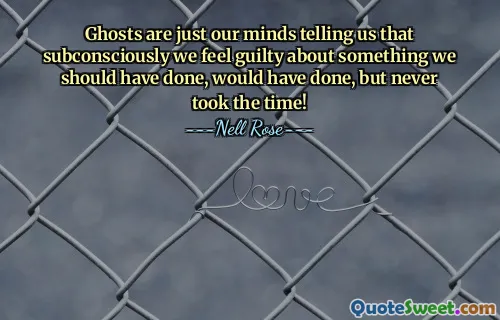It's possible that the reason I've never experienced a ghostly presence is that my temporal lobes aren't wired for it. It could well be that the main difference between skeptics {Susan Blackmore notwithstanding} and believers is the neural structure they were born with. But the question still remains: Are these people whose EMF-influenced brains alert them to presences picking up something real that the rest of us can't pick up, or are they hallucinating? Here again, we must end with the Big Shrug, a statue of which is being erected on the lawn outside my office.
In her book "Spook: Science Tackles the Afterlife," Mary Roach explores the intriguing possibility that our brain's neural wiring might influence our experiences with the supernatural. She suggests that individuals who perceive ghostly presences may have different temporal lobe structures than skeptics, potentially affecting their ability to sense or interpret such phenomena. This raises a fundamental question about the nature of these experiences.
Roach questions whether those who claim to detect ghostly presences through altered brain states are truly experiencing something real that others cannot, or if they are simply hallucinating. This ambiguity leads her to an unresolved conclusion, symbolized by her whimsical idea of a statue called the Big Shrug, reflecting the skepticism surrounding the afterlife and paranormal claims.
